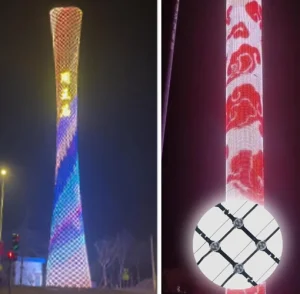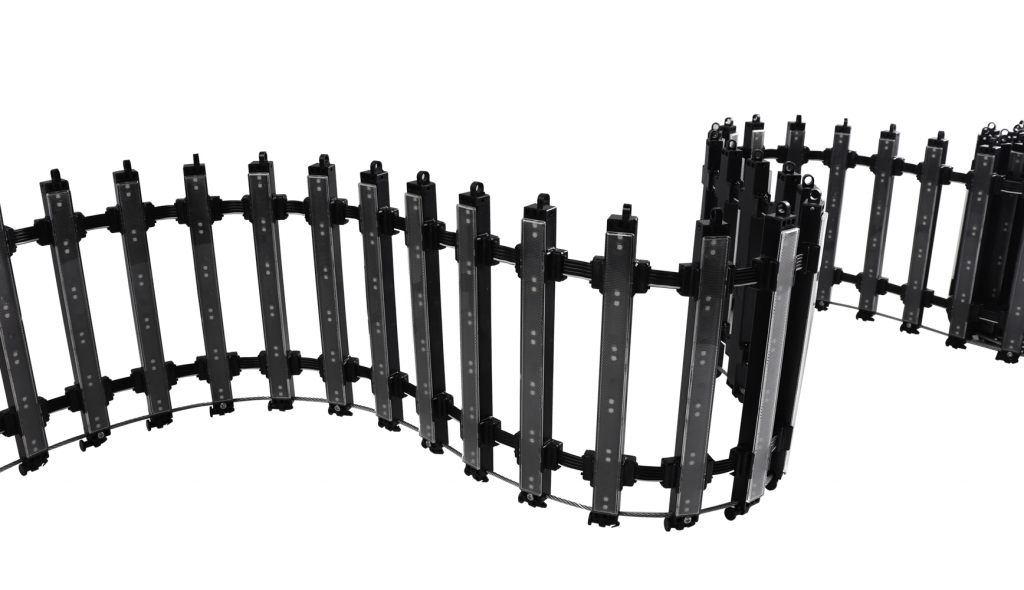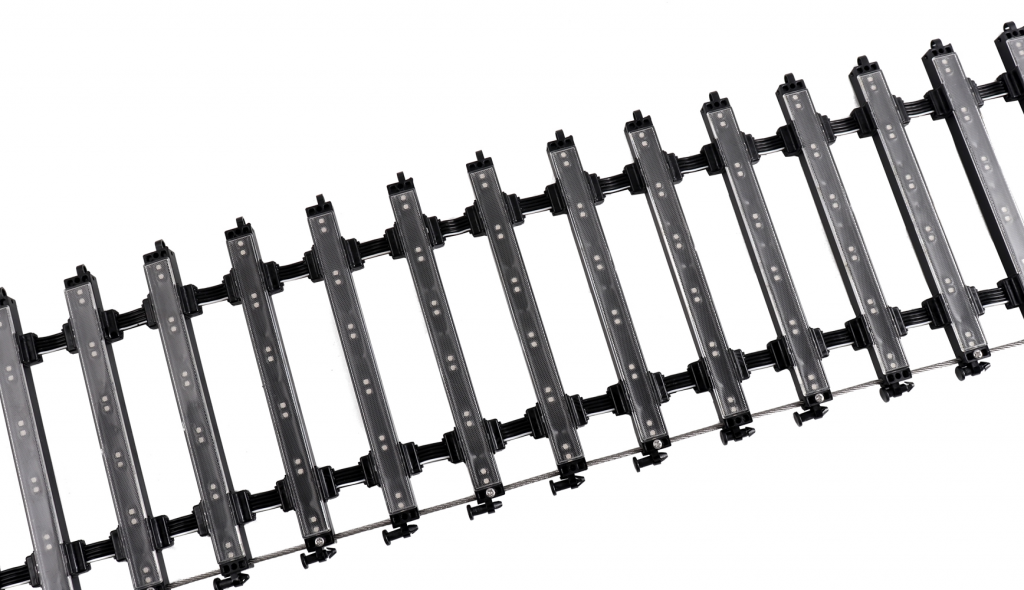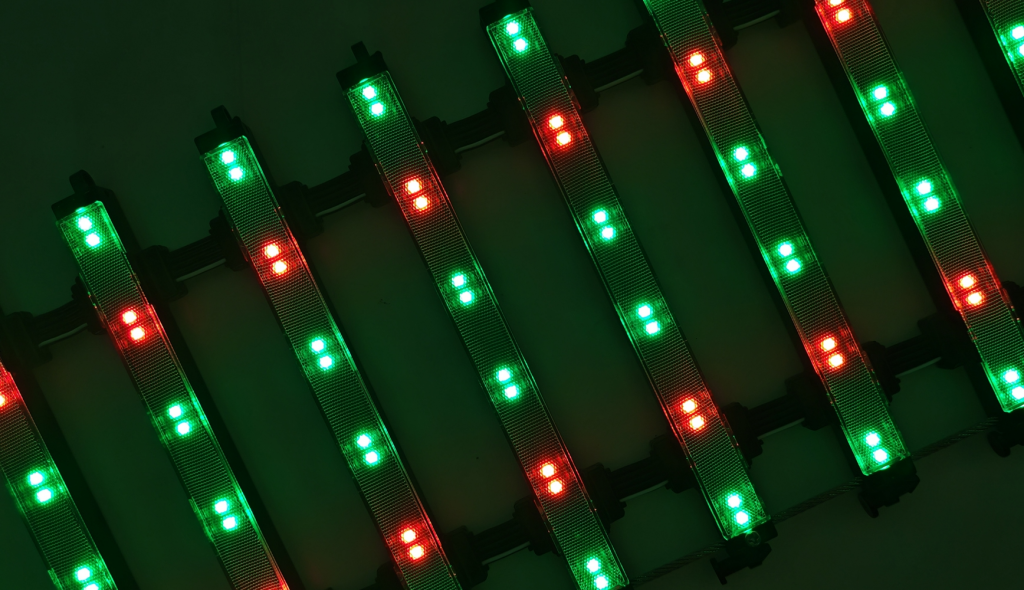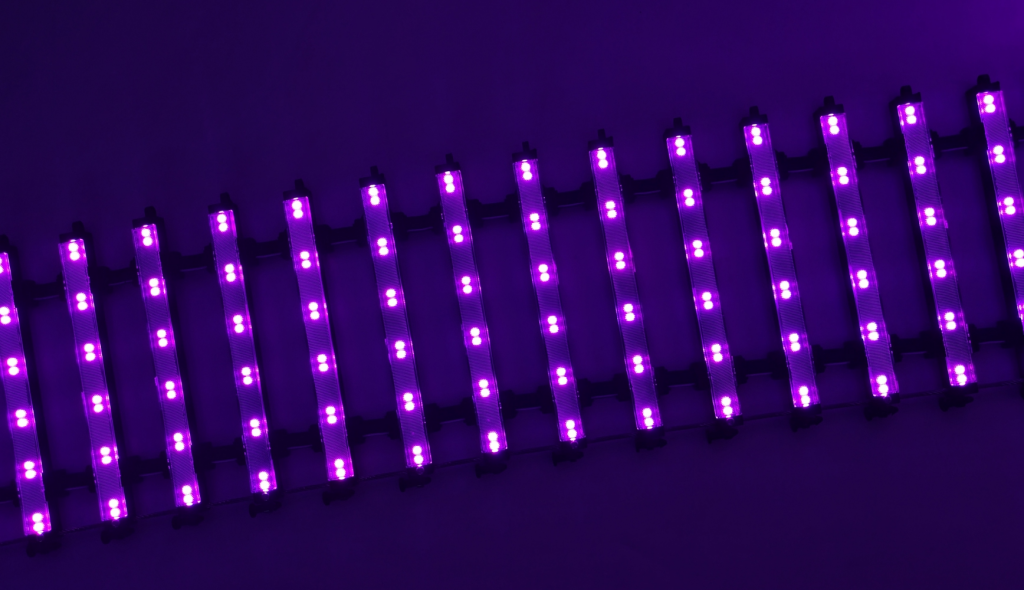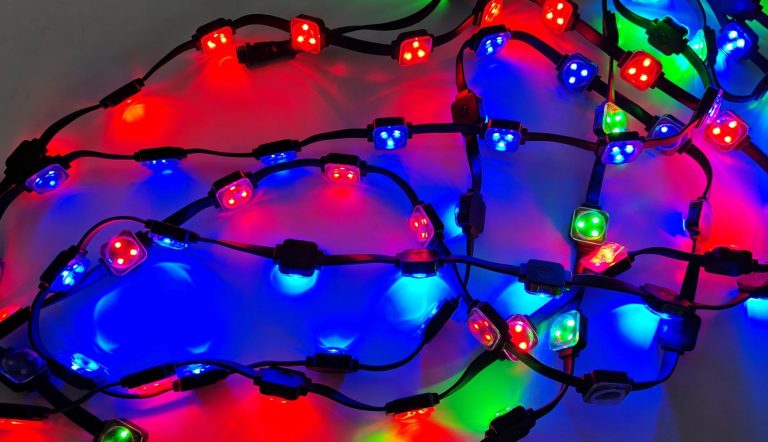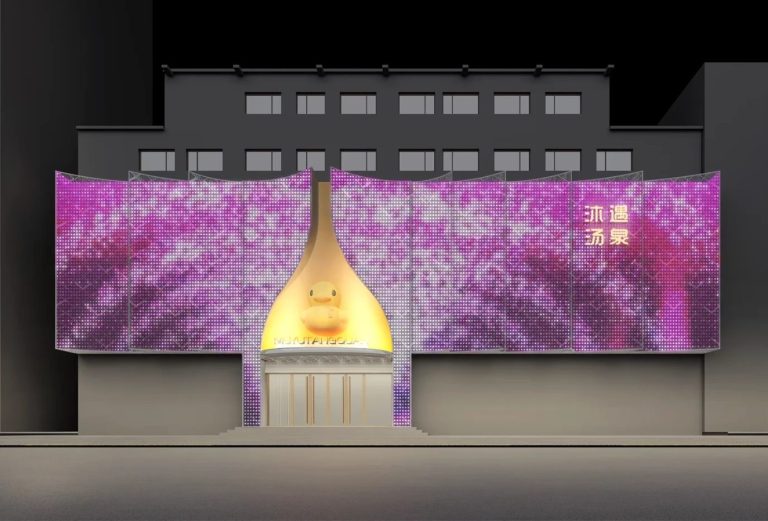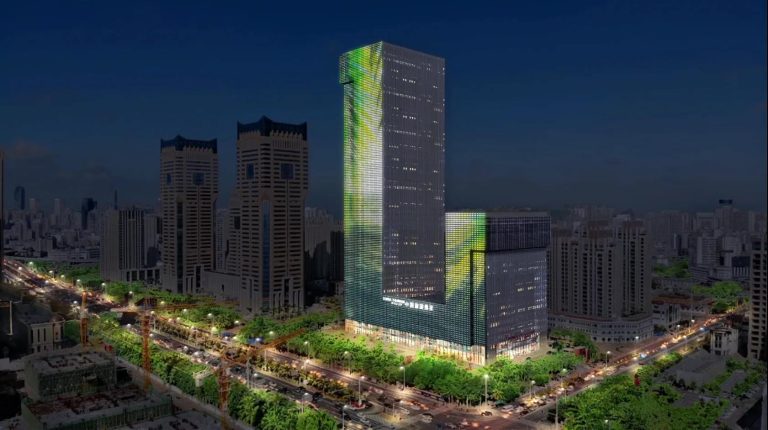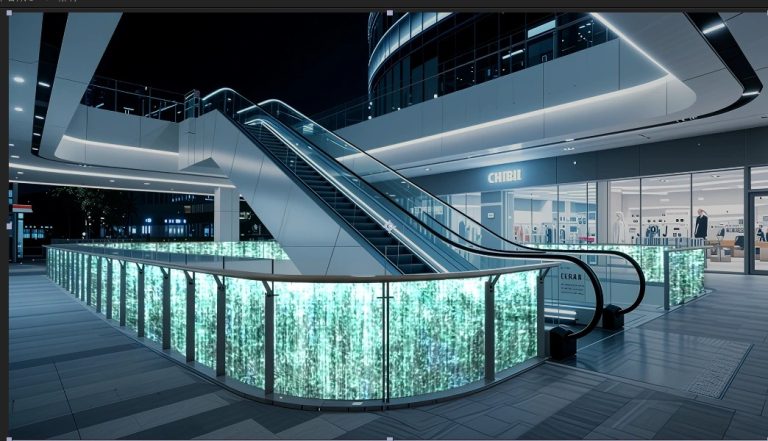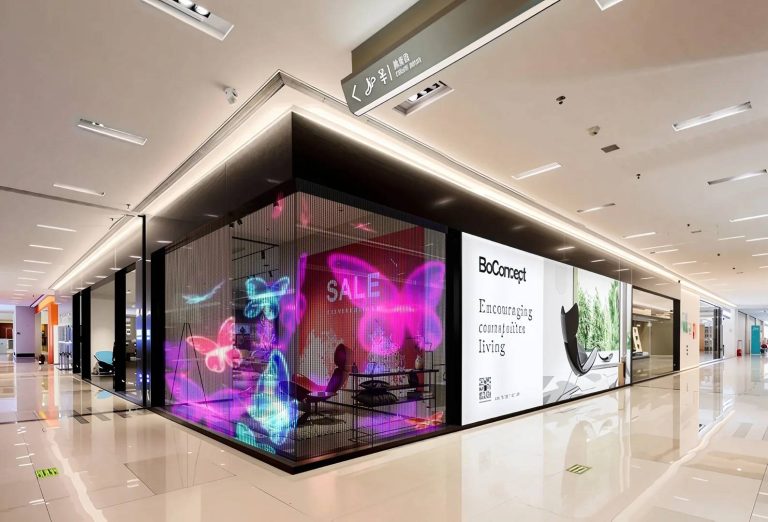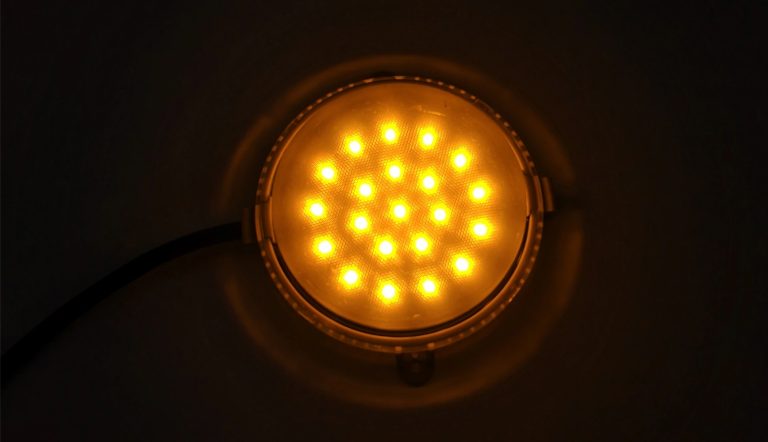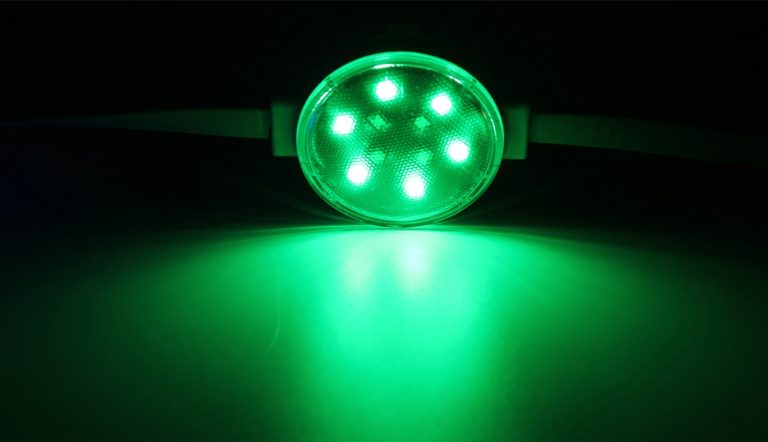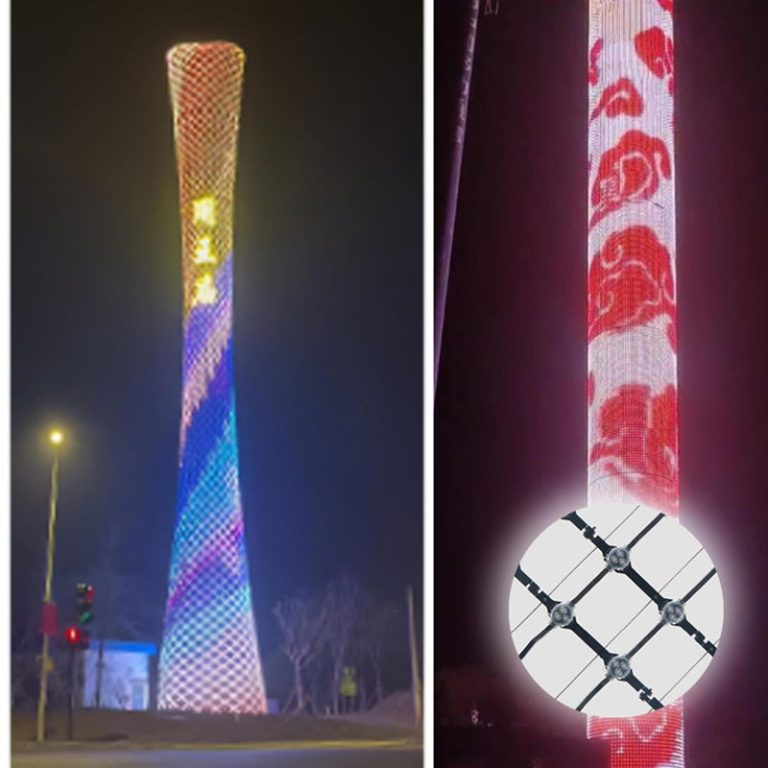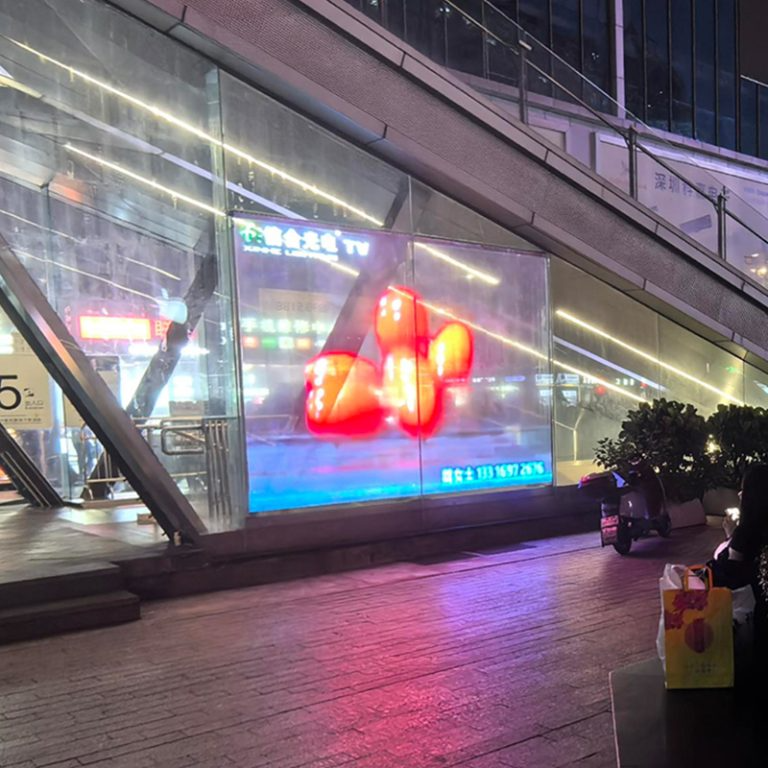The Impact of LED Display Screens on Outdoor Advertising
Evolution of Outdoor Advertising Techniques
Years back, the outdoor advertising industry realized some great growth and improvements. The evolution of the industry has seen a shift from static billboards to billboards with digital, integrated displays that have found their way into your neighborhood or favorite shopping center. Leading this transition are LED display screens, providing vibrant and interactive advertising options that outshine conventional means. This evolution highlighted in the form of the LED display screen is truly dynamic and engaging; a better alternative when compared with traditional advertising methods.
Advantages of LED Display Screens Over Traditional Methods
Compared with traditional advertising, LED display screens have many advantages. They have high brightness and visibility helping advertisements to stand out, even in any other environment, day or night. While static billboards feature a single design for an extended time, LED screens can run a range of content types — images, text, videos, and animations — which gives advertisers greater creative flexibility. Also, LED screens are ideal for timely content updates so advertisers can customize their ads according to real-time situations or offers.
Current Trends in the Use of LED Displays
There is a growing trend of LED display screens for outdoor advertising. Owing to their high permeability and ease of installation with minimalistic infrastructure, quite a few businesses are adopting flexible transparent screens. They can be mounted directly into the glass without a steel frame structure, making them perfectly suited for urban cities with glass facades. The emerging trend of using projected (VR/AR) with LED displays for creating an immersive advertising experience captivates the audience.
Cost-Effectiveness of LED Display Screens
Initial Investment and Long-Term Savings
No discounting that the starting price of LED display screens is going to be beyond classic billboards, however the financial savings you may be experiencing over the years are huge. Unlike printed materials, LED screens have a longer life cycle and do not need replacing as often as they do. Their capability of showing multiple ads on a single screen also helps advertisers get maximum revenue.
Energy Efficiency and Reduced Operational Costs
LED tech has a reputation built around its energy conservation abilities. The power requirements of modern LED display screens are far lower than older digital displays and illuminated billboards. Lower operational costs with this reduced energy consumption over time. Also, the continued evolution of LED technology has made the lights more durable with a longer lifespan and less required maintenance to be cost-effective.
Durability and Maintenance Considerations
LED display screens are manufactured to meet the criteria that will allow them to resist countless environmental conditions, therefore perfect for outdoor operations. They’re resistant to the rain and UV rays to avoid perforation all through climate. They’re built to last, with durable components that require little routine maintenance. They are built strong – thus, requiring routine maintenance only to some extent as well as robust components.
Enhancing Audience Engagement with LED Displays
High Visibility and Brightness Features
The best thing about LED display screens is that they are very visible. They feature brightness levels of as much as 6000 CD/m² to guarantee that advertisements are still readable in direct sunlight. This is especially useful when there is ambient light, as in outdoor environments, where it may compromise visibility. This is a valuable feature in outdoor environments where changing conditions can mask you from sight.
Dynamic Content Capabilities
LED display screens excel in presenting dynamic content that captures audience interest.
Video and Animation Integration
Video and animation help tell stories, and by doing so they make the ad more engaging and effective than an ad with static images on its own. These features allow advertisers to tell engaging stories and bring their visions to life. Advertisers can use these features to build compelling stories that resonate with their audience.
Real-Time Content Updates
Dynamic content updates enable advertisers to keep their message fresh and topical. Advertorials can also be adapted, whether to promote a flash sale or react to the news cycle, free from the printing cost or timelines of old. For example, if an advertiser wants to alert customers about a 24-hour flash sale or a response to current events, they can simply switch out the content in record time without paying extra for printing or waiting around for traditional methods to catch up to speed.
Strategic Placement for Maximum ROI
Identifying High-Traffic Locations
To maximize return on investment (ROI) in outdoor advertising, LED display screens should be placed strategically. Strategically targeting ads to high-traffic areas guarantees that they reach the most amount of eyes possible. LED displays work well in urban centers, bustling crosswalks, and plazas. Those places would ensure a constant stream of prospective viewers, naturally raising the chances of your brand getting seen and even earning browsers’ attention.
Tailoring Content for Target Audiences
Demographic Analysis
Just by knowing the demographics of the potential audiences, we’d be able to create great ad content. Advertisers must also collect information regarding their consumers’ demographic parameters such as age, gender, income level, groups of interest, etc., to customize their messages for certain segments of the population. As an example, a young adult advert will be all multicolor with modern subjects and one targeted at older audiences will be based around reliability and tradition.
Behavioral Targeting
Behavioral targeting, or analyzing consumer behavior patterns to create personalized content. Using data analytics, advertisers can analyze data to find trends regarding targeted consumers’ preferences, ultimately gearing their campaign on LED display towards that. It makes ads more relevant, increases their chances of being seen, and helps conversions. This maximizes ad relevance, which means more eyes on ads and an increase in conversions.
Measuring the Success of LED Display Campaigns
Key Performance Indicators for Outdoor Advertising
Impressions and Reach Metrics
One of the most rudimentary metrics is how many impressions and reach your LED display campaigns achieve. Impressions = How many times your ad was displayed Reach = How many unique people have seen your ad These metrics give an overall visibility of a campaign and help advertisers evaluate how effective an ad is in grabbing the audience’s attention.
Conversion Tracking Methods
Such is the case with conversion tracking methods, which enable advertisers to understand how successful their campaigns are in leading to actions they want to drive — such as visitors to their websites or products purchased. Advertisers can track user interaction with their advertisements for conversions easily by employing such tools as QR codes or unique URLs embedded in their ads. These data points will help fine-tune future strategies to increase ROI.
Innovations in LED Technology by XinHe Optoelectronics
Overview of XinHe Lighting’s Product Range
LED Display Screens
At the leading edge of LED technology with the widest range of products on offer, XinHe Optoelectronics is a phenomenal company. These are famous, very bright, energy-efficient, and long-lasting LED display screens. These screens are built to provide the best-in-class performance in an outdoor environment rendering maximum visibility and interaction, boosted by our cloud-based technologies.
New Developments in LED Point Light Technology
Similarly, XinHe has also achieved impressive upgrades in the technology of LED point lights. We see their latest innovations to increase flexibility and transparency without loss in brightness and/or loss in durability. A good example of this evolution is flexible transparent screens, where the screen is very flexible (you will not be able to tell that the display screen is even installed) and can be used in a huge variety of creative installations on curved surfaces or glass facades. This is a testament to the progress in technology concerning the introduction of flexible transparent screens, which enable creative installations on surfaces that are not only curved but also attached to glass facades with unparalleled versatility.

